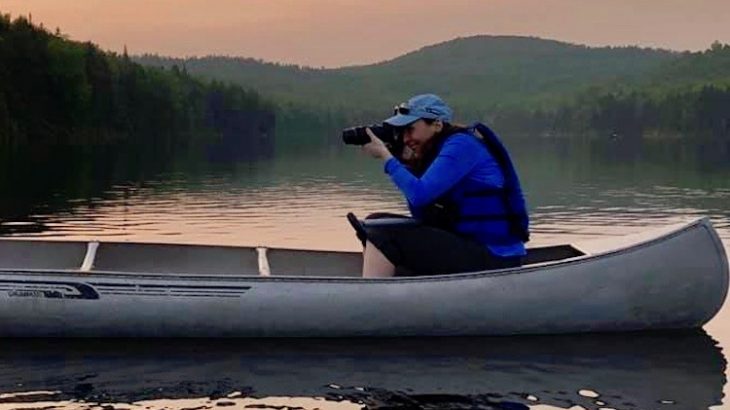Our pitch sessions occur on Slack and allow all members of the editorial team to consider and discuss the proposed idea, provide tips for possible sources/source information, help you focus and determine the article’s structure, and address other key issues that will help you when it comes time to write. Although the team-pitch process is […]
Editorial Team
Working with our senior editors
Part of the purpose of Science Borealis is to help you develop your science writing and science communication skills. We recognize that, as contributing editors, you represent a wide range of writing experience and backgrounds: scientists transitioning from academic writing to science communications, creative writers transitioning to science, and seasoned science communications professionals. Some of […]
Using and crediting images in Science Borealis articles
There are two many categories of royalty-free, cost-free images you can use in articles posted on Science Borealis. These are images in the public domain and images licensed under Creative Commons. Public domain Public domain images are no longer covered by copy right. Nobody owns them, or nobody owns them any longer. In Canada, when […]
Promoting your Science Borealis articles
A key part of being a science communicator today is extending the reach of your blog posts via social media. For every Science Borealis article you write, you will also write one Facebook post and one Twitter post to promote your blog post. Include your draft social media posts at the end of your second-draft […]
Lené Gary, General Sciences editor

Lené Gary (@leneagary) is a poet, writer, photographer and aspiring naturalist living in the Green Mountains of Vermont. She holds a dual-genre MFA in Writing, a BA in Environmental Studies, and is currently pursuing an MA in Science Writing from Johns Hopkins University. Her path to science writing began with her early love for chemistry […]



